When it comes to the incredible journey of human development, the transformation from infancy to adulthood is nothing short of miraculous.
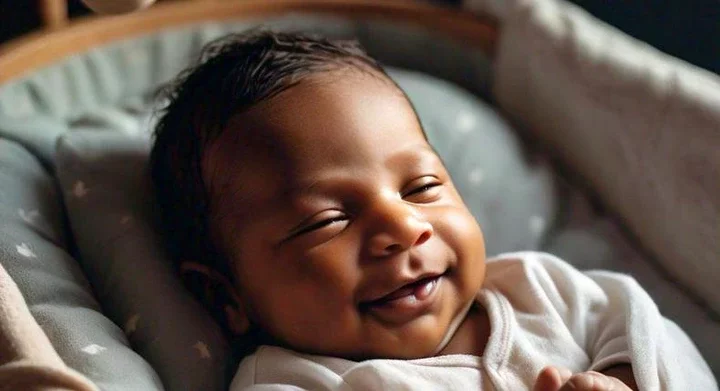
One fascinating aspect of this process is the skeletal system, which undergoes significant changes as we grow. Surprisingly, there are several bones that babies are born without.
Here's a closer look at some of these bones and the intriguing reasons behind their absence at birth.
Commonly known as the kneecap, the patella is one bone that newborns lack. Instead of a fully formed patella, babies are born with a cartilage structure in its place.
As the child grows, this cartilage gradually ossifies, typically forming a bony patella by the age of three to five years. This delayed formation allows for greater flexibility and protection during the early stages of crawling and walking.
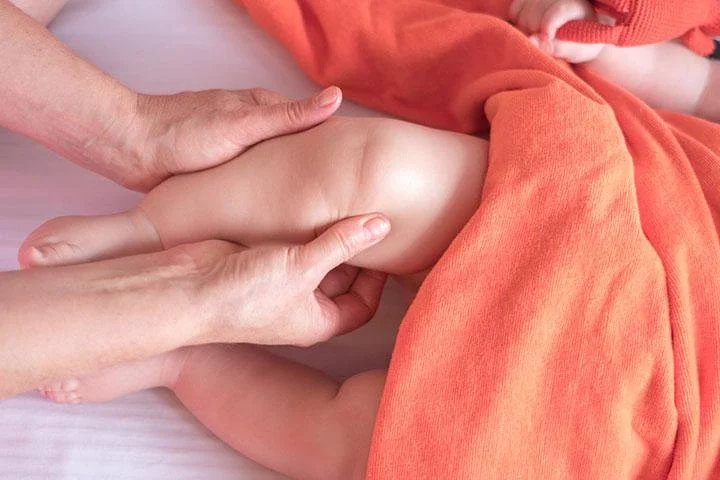
The coccyx, or tailbone, is another structure that undergoes significant development postnatally. While a basic structure is present at birth, it consists largely of cartilage.
Over time, this cartilage undergoes ossification, eventually forming a solid bony structure by adulthood. This gradual development helps protect the delicate spinal column and supports the body's weight as the child begins to sit and eventually walk.
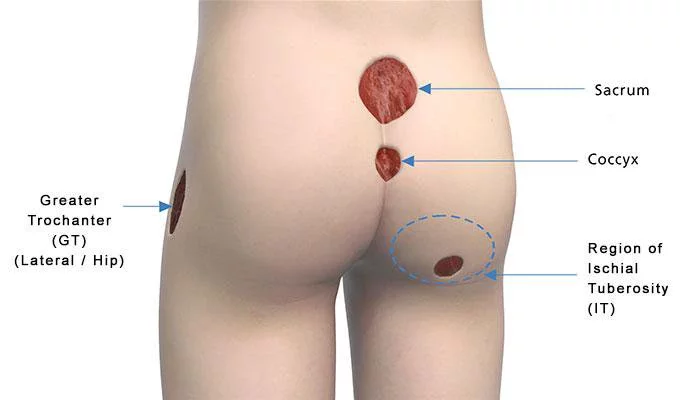
The wrist is composed of several small bones known as carpals. Newborns typically have a few of these bones fully formed, but many of them are still in a cartilaginous state at birth.
The carpal bones gradually ossify over the first few years of life, allowing for the fine motor skills required for tasks such as gripping and manipulating objects.
While the clavicle, or collarbone, is present at birth, it is not fully ossified. This bone, which connects the arm to the body, undergoes further development during childhood.
The clavicle is essential for shoulder stability and movement, and its gradual ossification ensures that it can withstand the physical demands placed on it as the child grows.
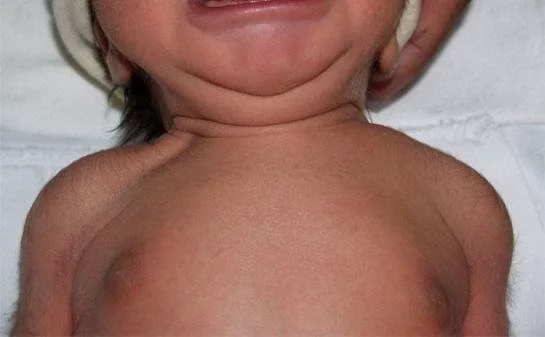
Although not bones, the fontanelles are critical to understanding infant skull development. These soft spots on a baby's head are gaps between the cranial bones, allowing for flexibility during birth and rapid brain growth during early life.
The fontanelles gradually close as the bones of the skull ossify and fuse together, typically by the age of two.
The absence of certain bones at birth highlights the remarkable adaptability and resilience of the human body. This developmental strategy provides the necessary flexibility and protection during the early stages of life, ensuring that babies can grow and thrive.
Understanding these fascinating aspects of human development not only deepens our appreciation for the complexity of our bodies but also underscores the importance of supporting healthy growth and development from infancy through adulthood.

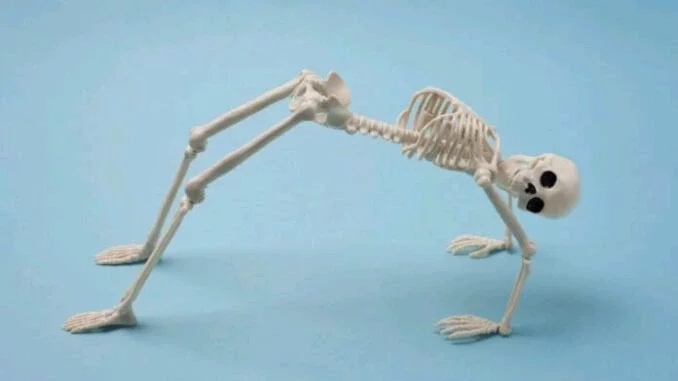

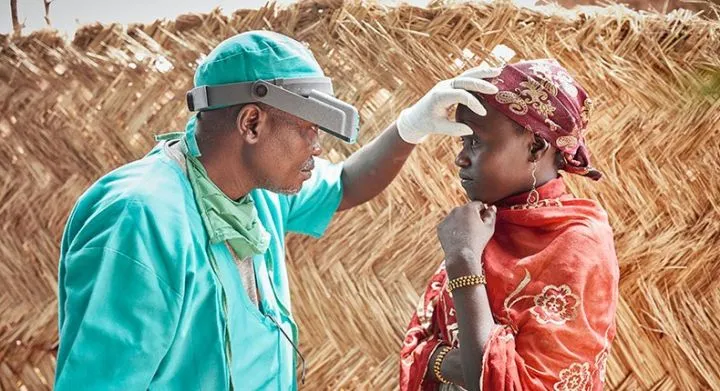



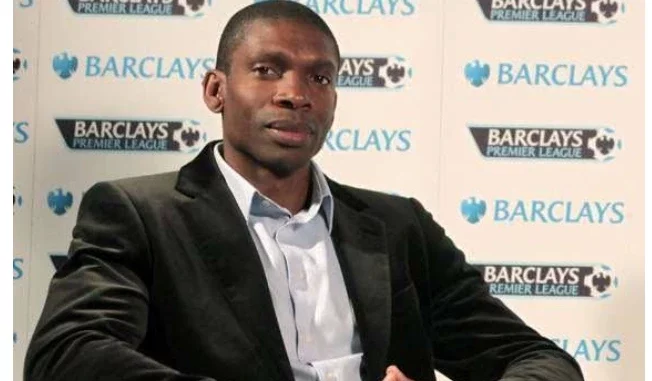








Comments